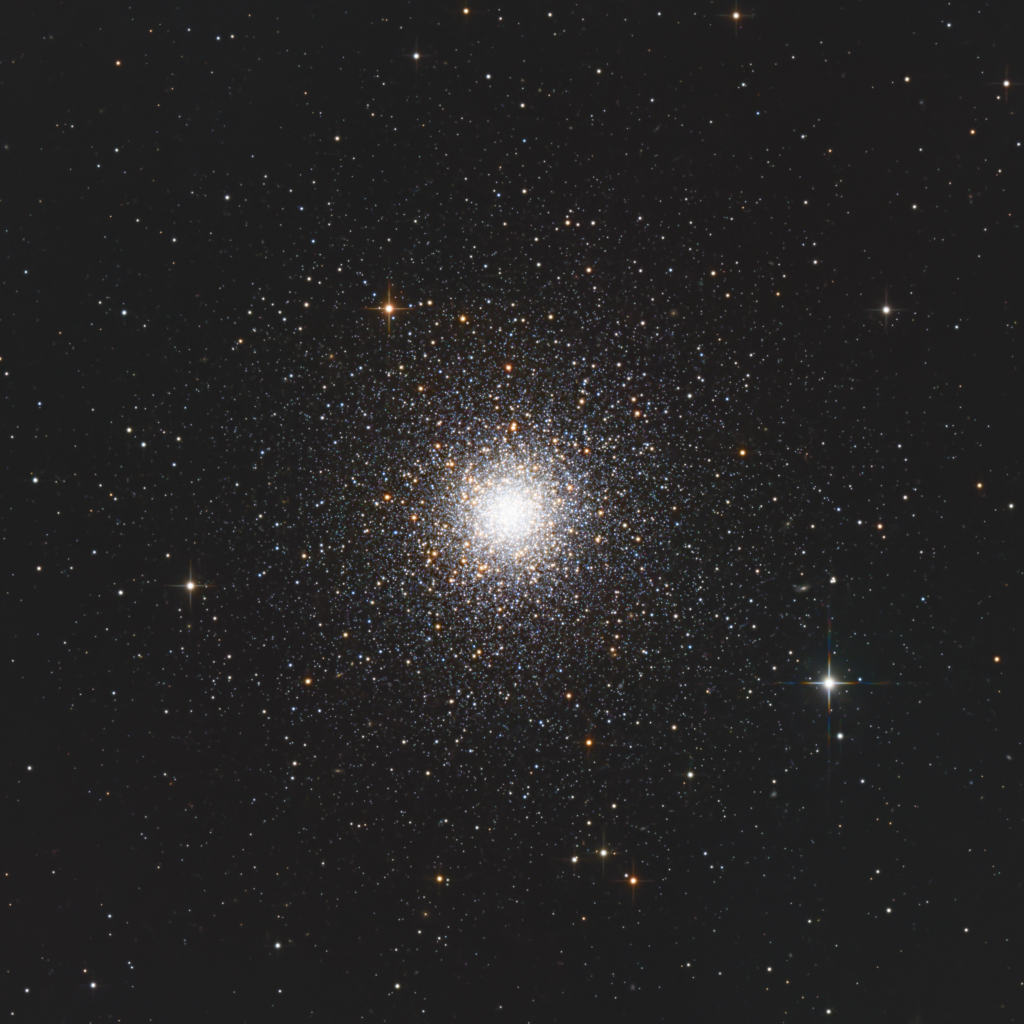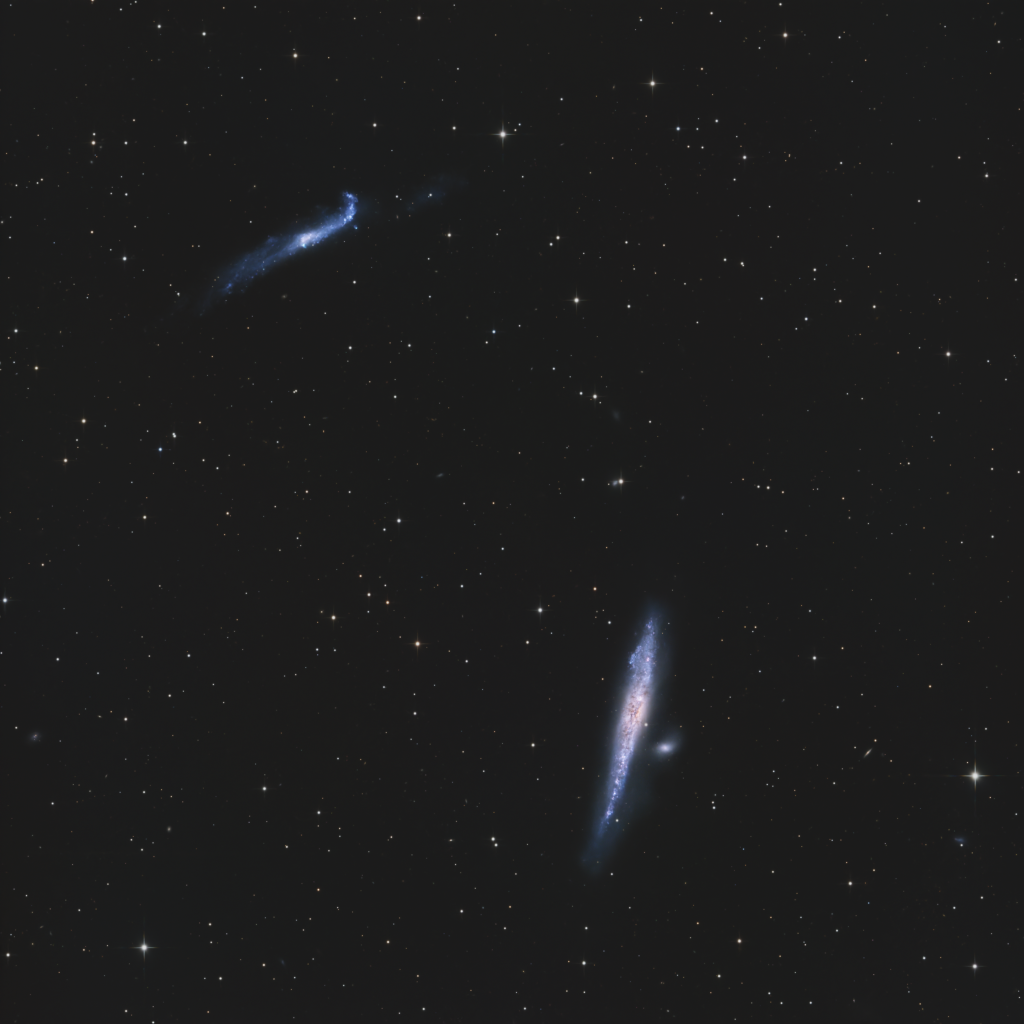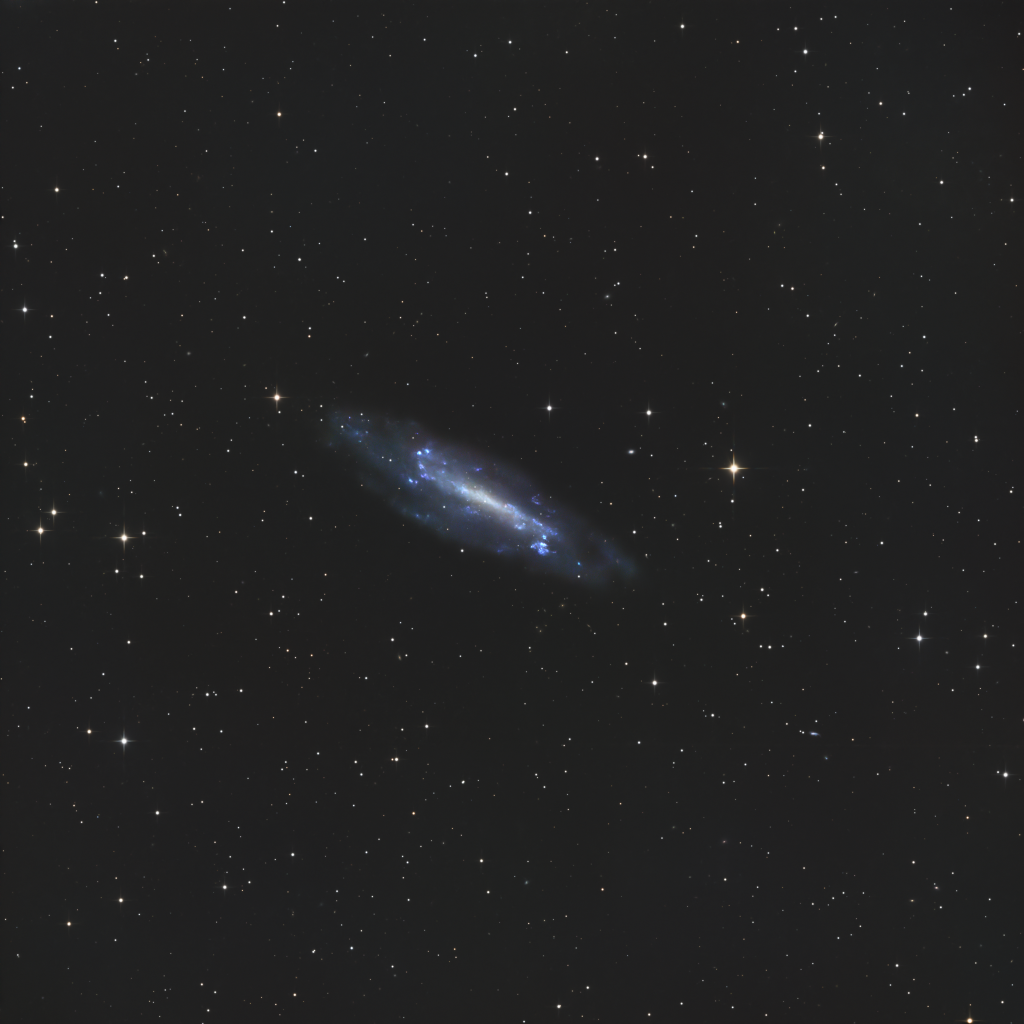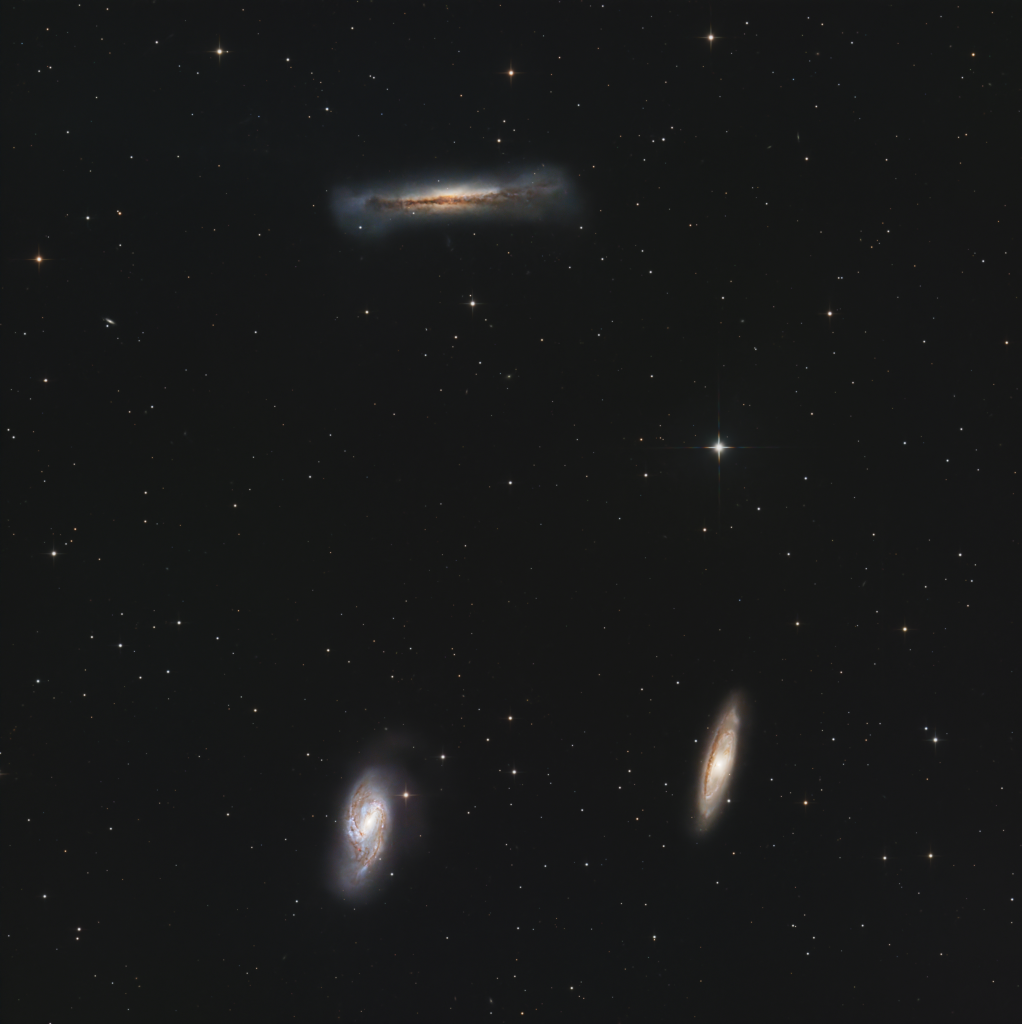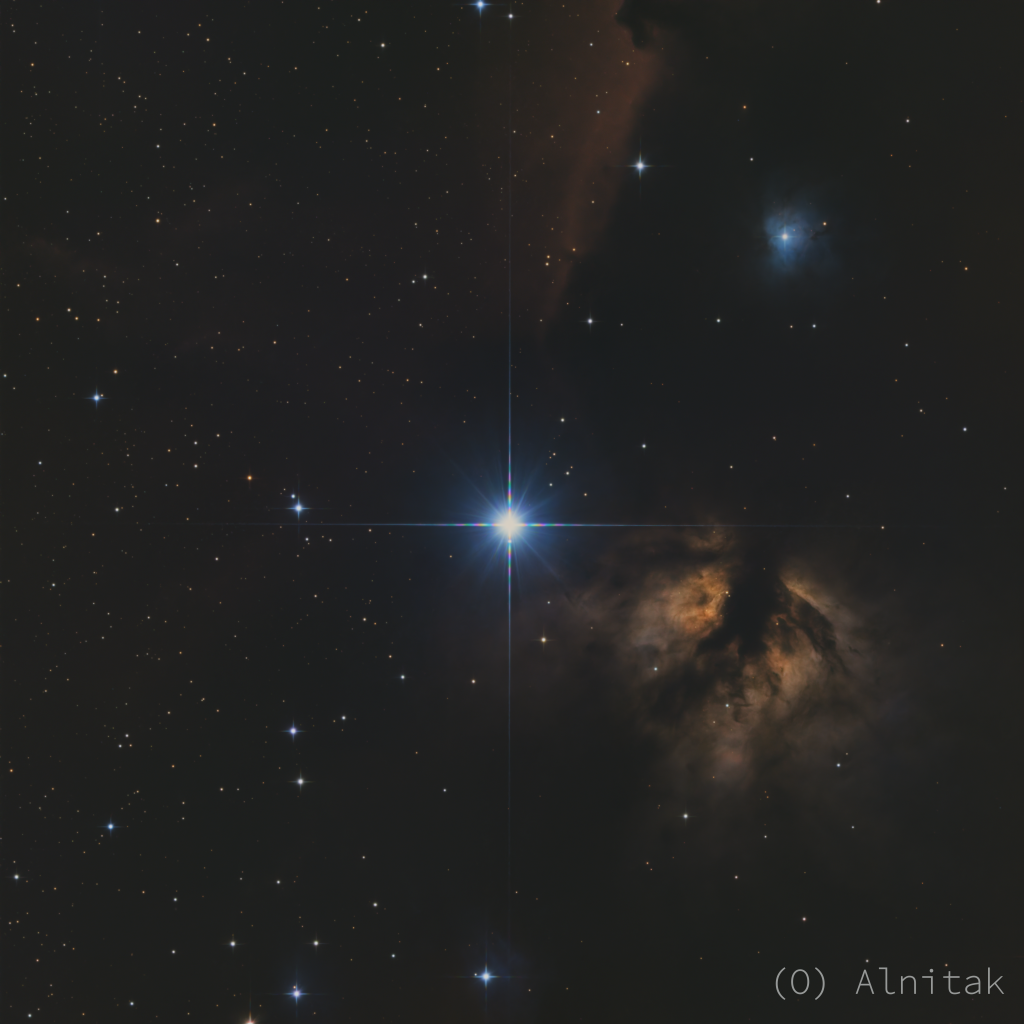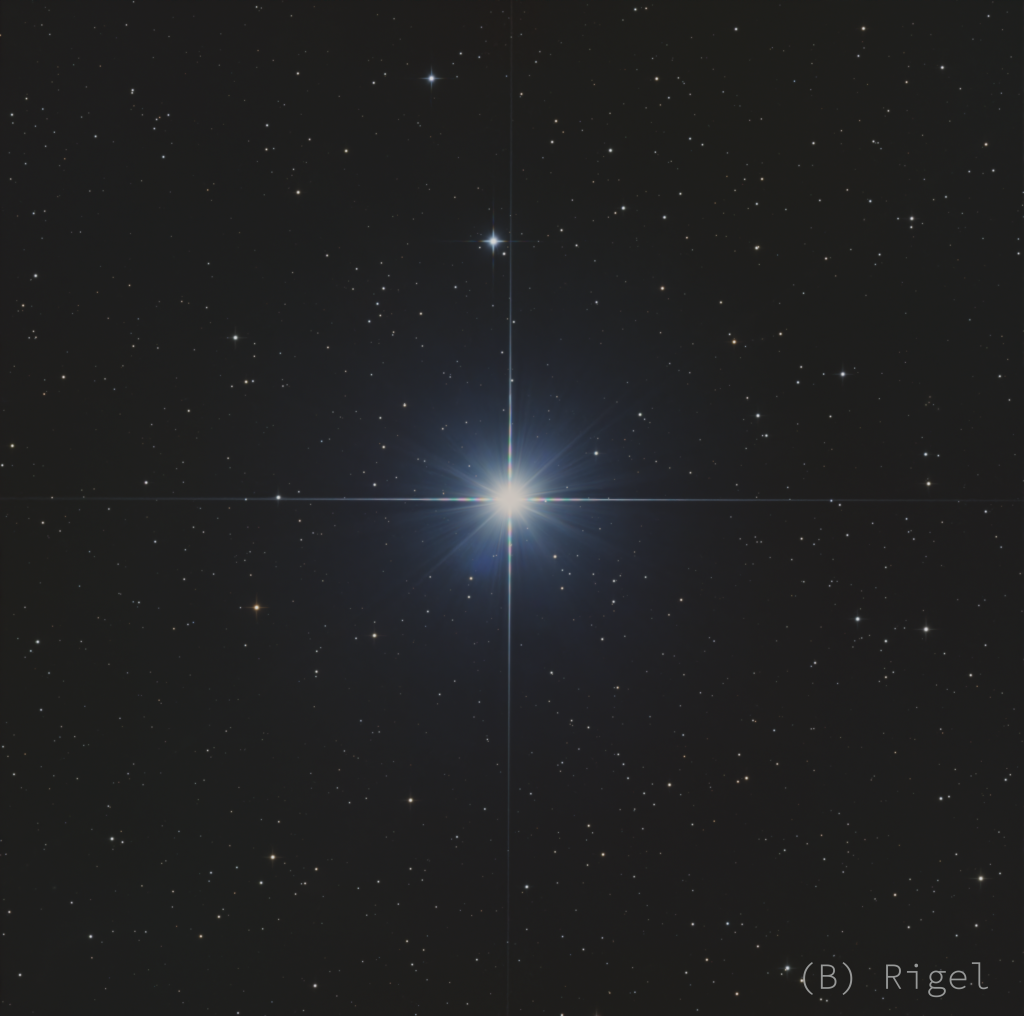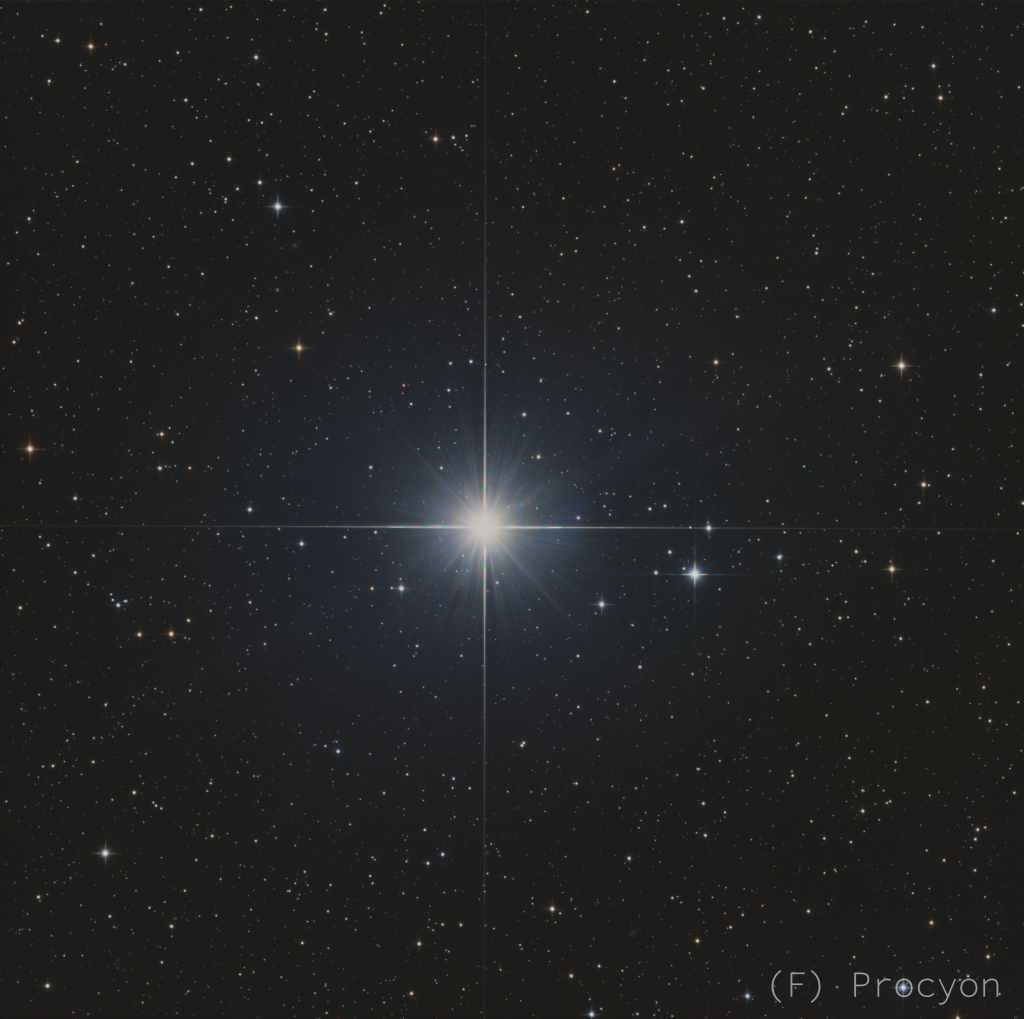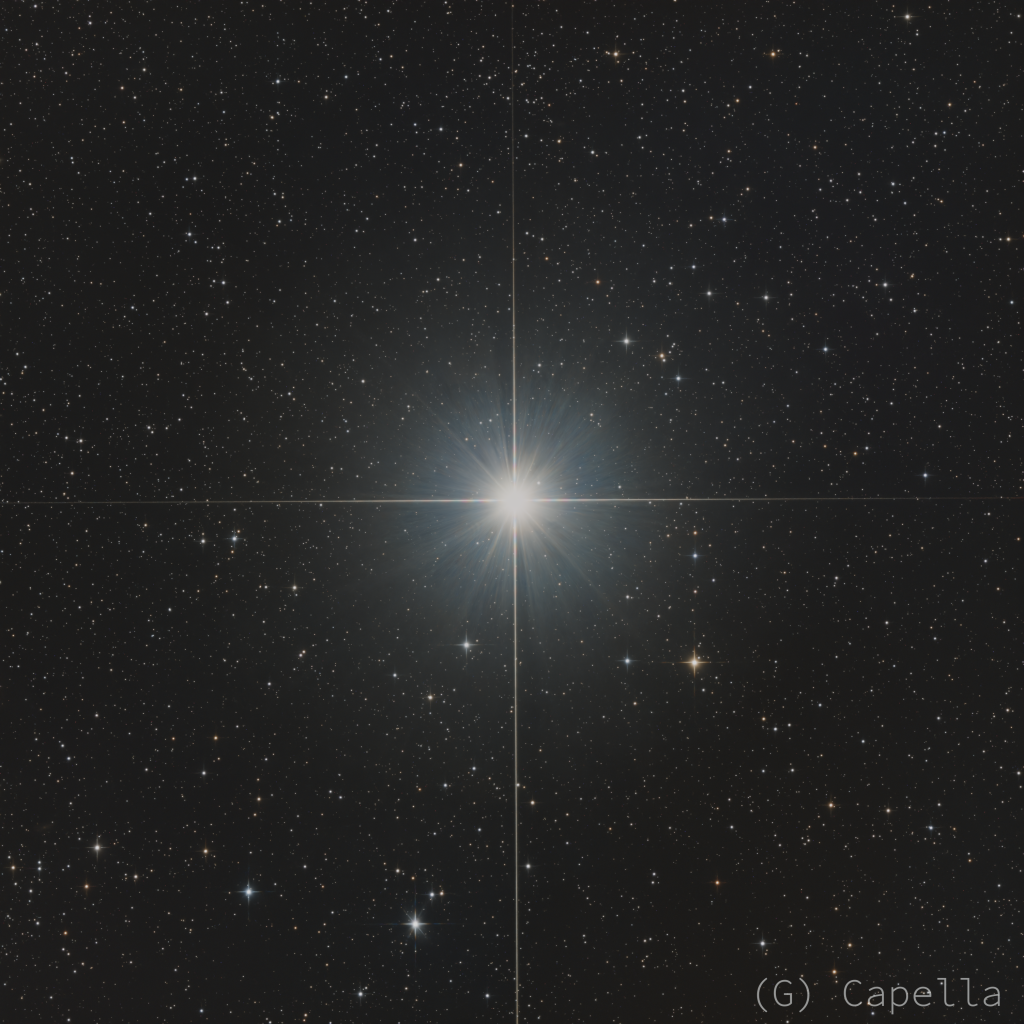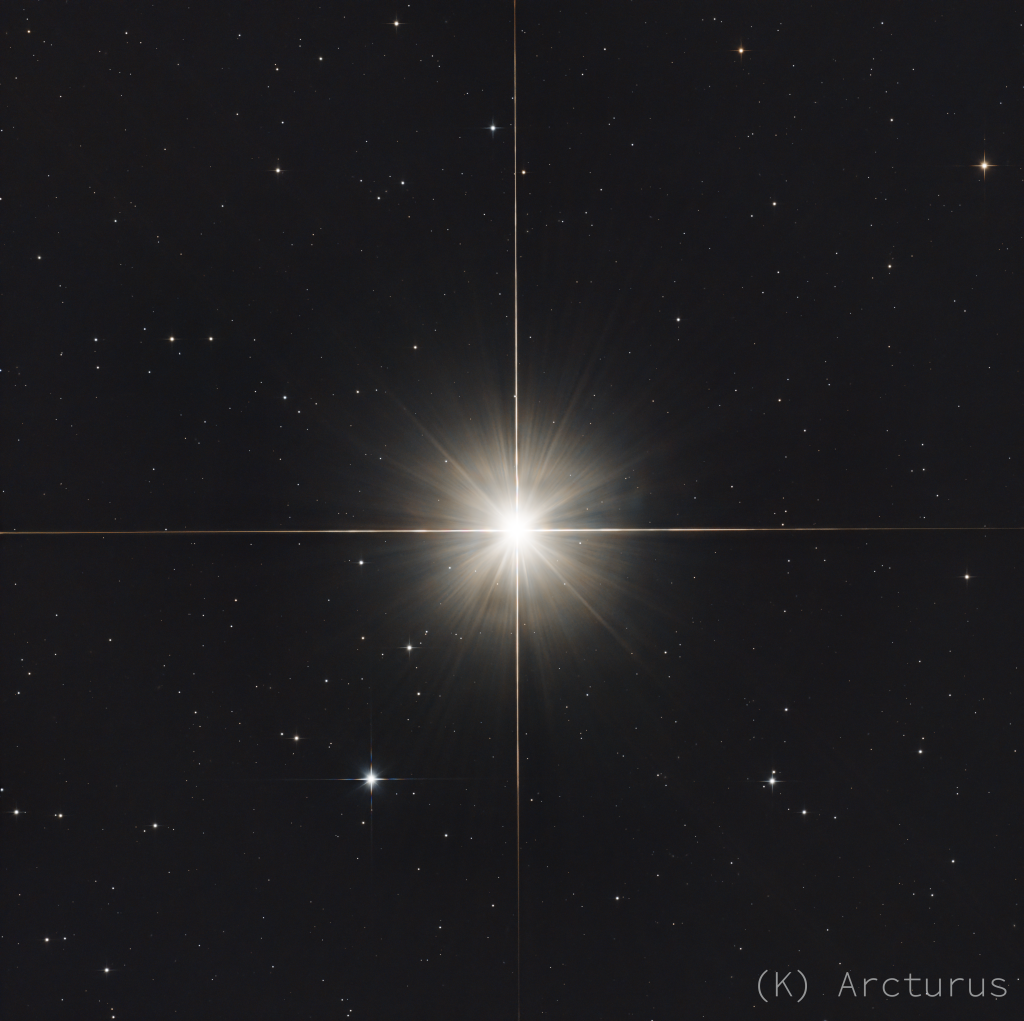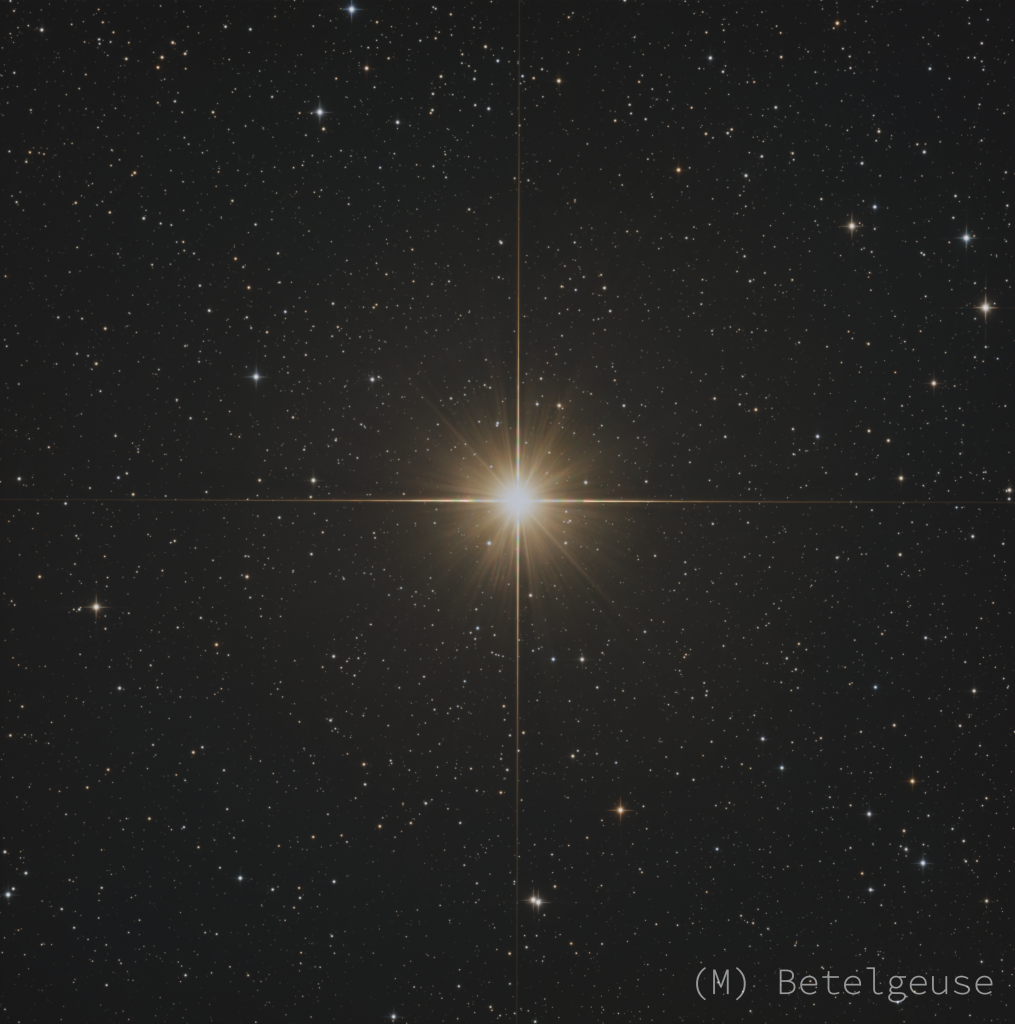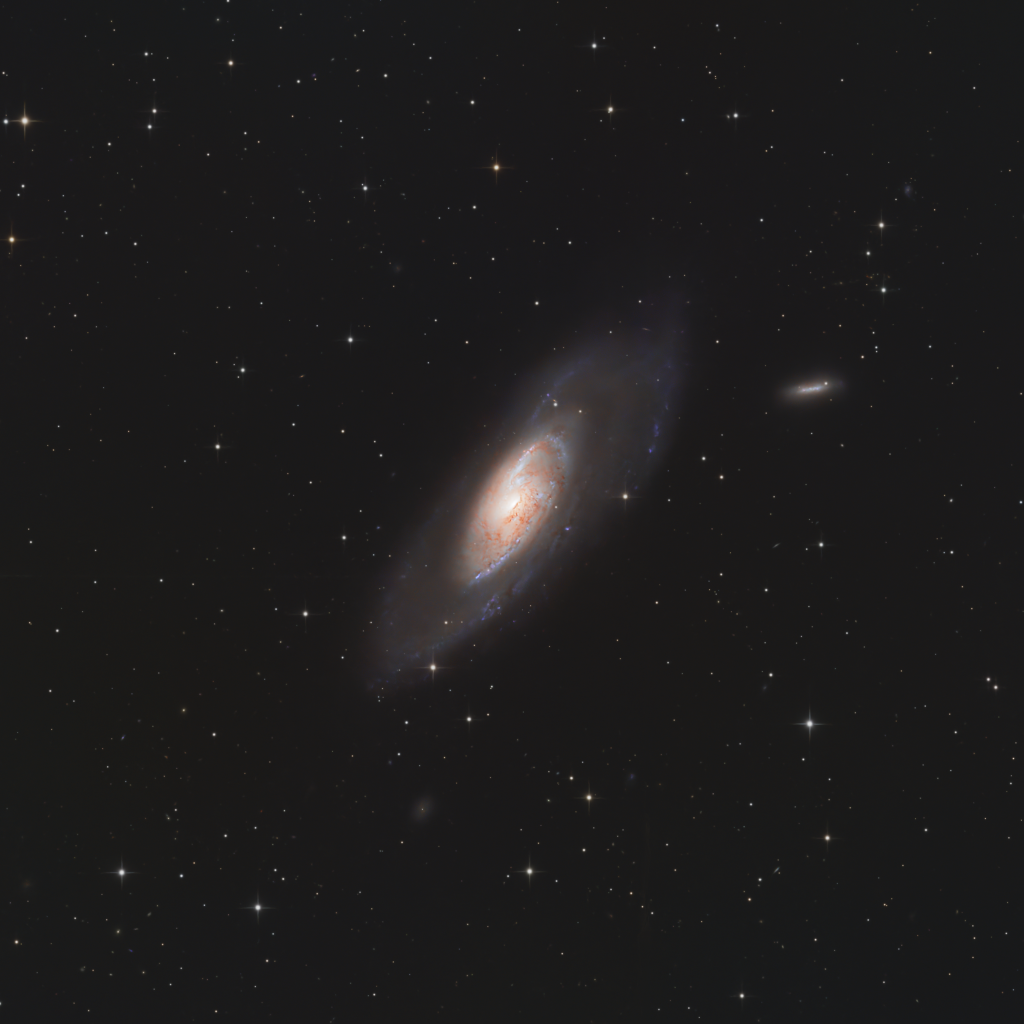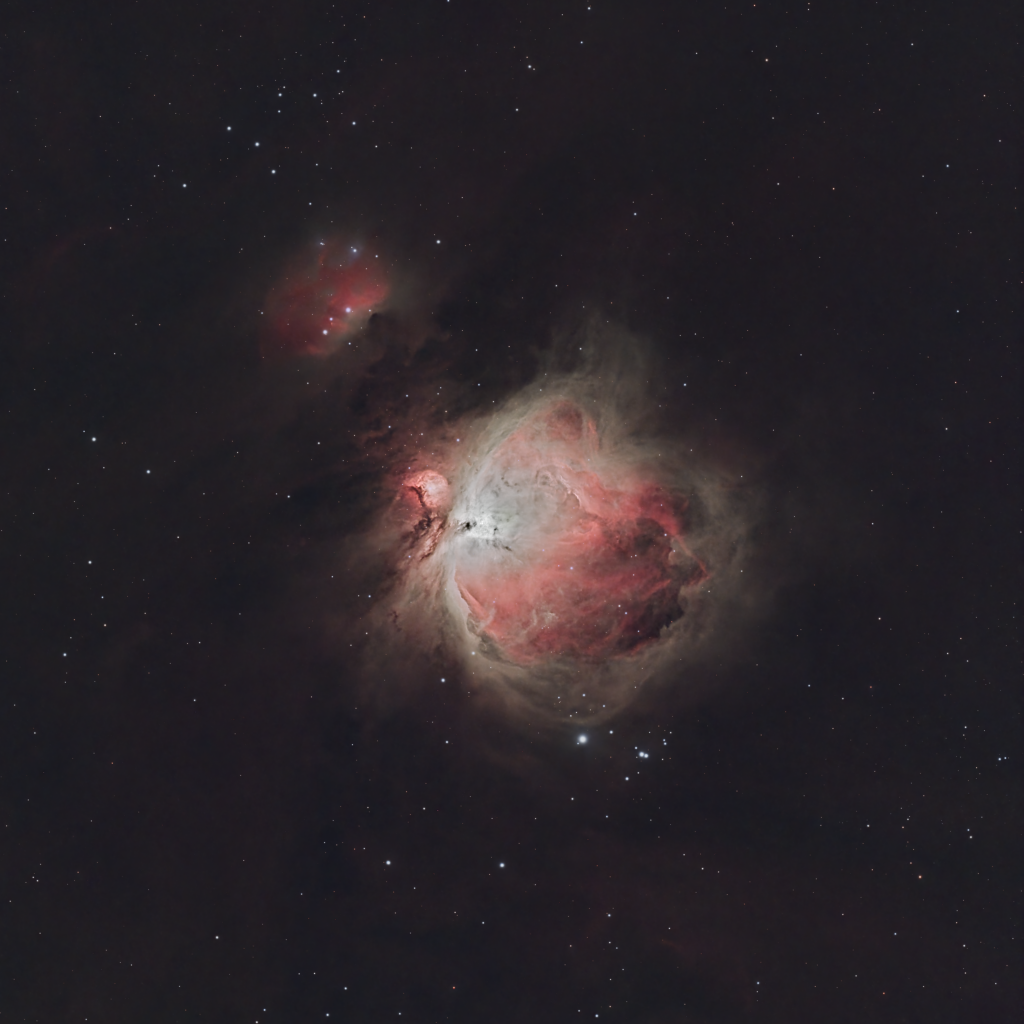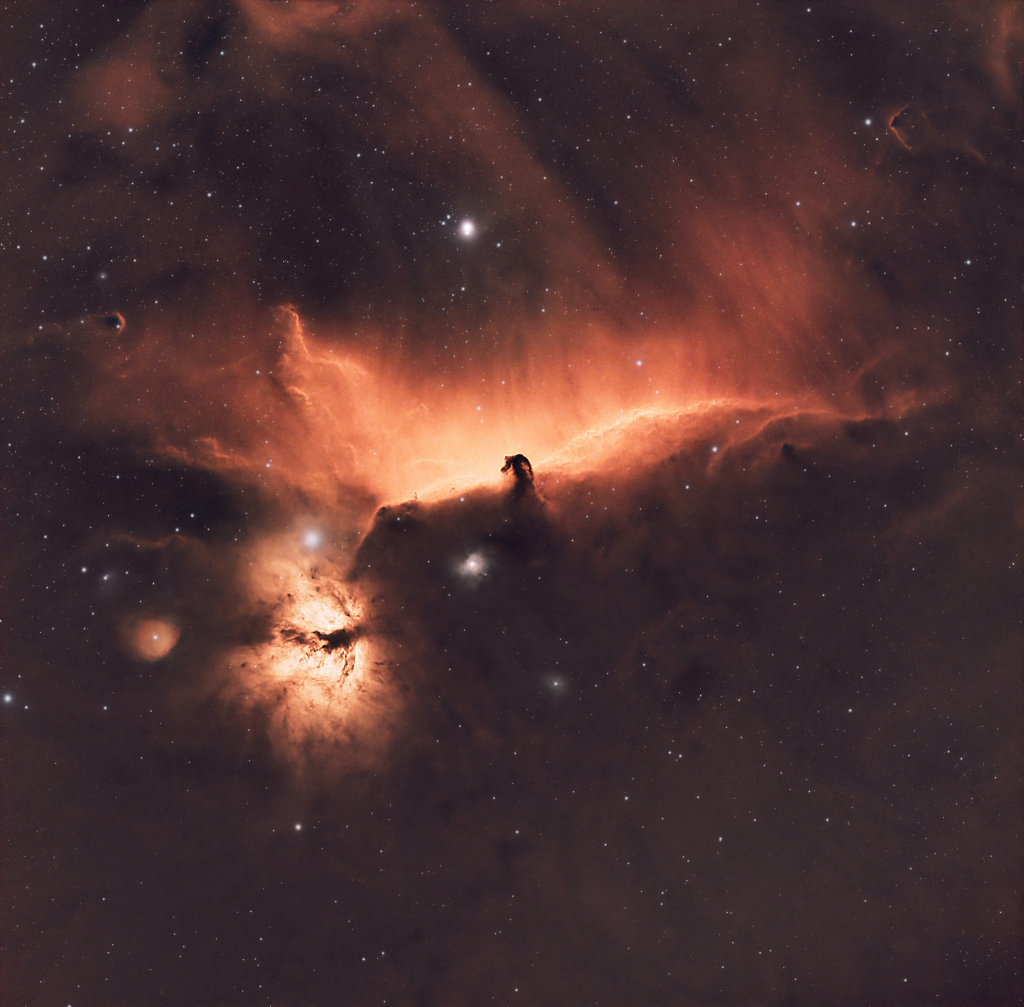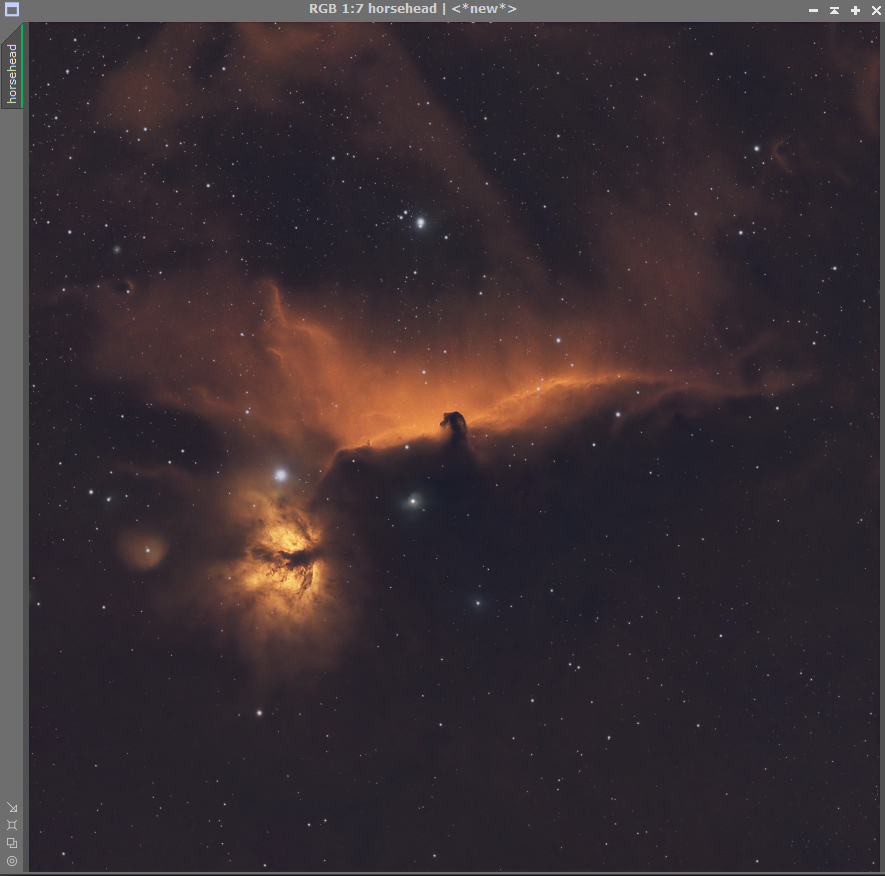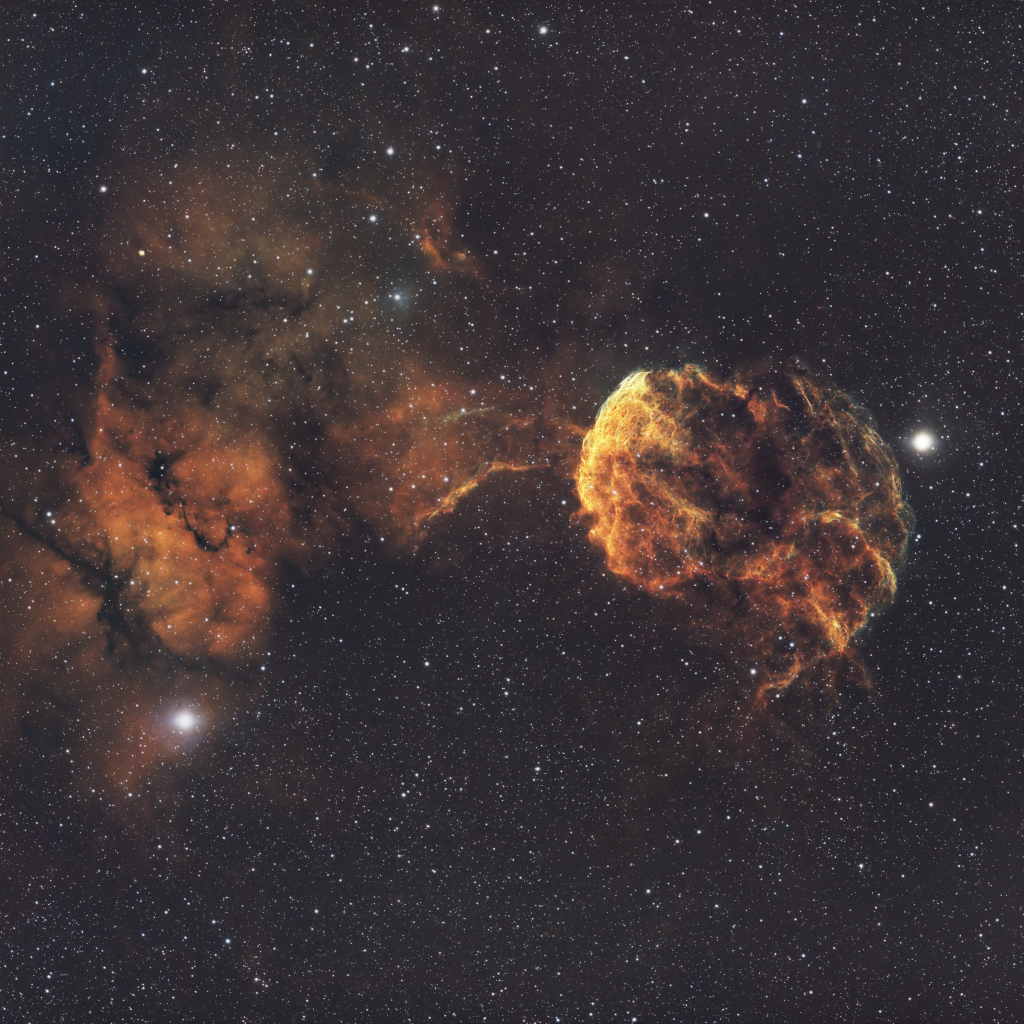April
We’re deep into galaxy season now and by 3 AM the summer triangle is already visible. Conditions are typical for April, lots of high clouds and some pockets of clear sky mixed with rainy days.
I’ve decided to add another item to my collection, the Samyang 135 mm lens. This is a true classic among astrophotographers and I’m looking forward to use it. I should get it on time to start imaging some targets in Cepheus hopefully.
At the same time I’m also wondering about finally getting a true galaxy scope. I’ve been thinking for years about this and for a moment I considered getting a proper refractor or even a C8 but in the end I might settle for a bigger newtonian. It comes with a lot of babysitting and tweaking, but I don’t think you can beat the aperture & speed for the price of a newt. We’ll see, it’s something for next year.
In the meantime, my 130 pds is still going strong. Here’s is the Cocoon galaxy, about 5 hours of data.
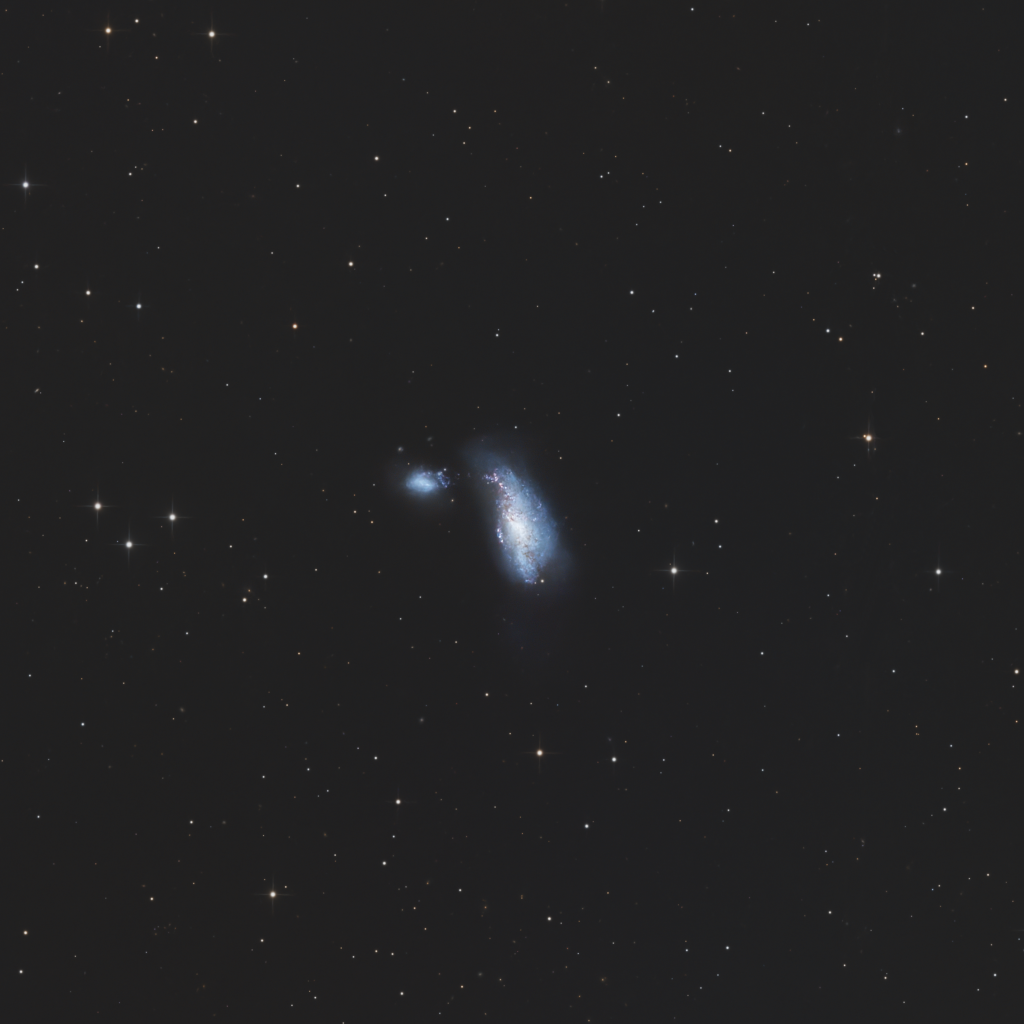
I find one of the most striking features to be the star formation regions withing the stellar stream that connects these two interacting galaxies. It’s mind boggling that we can see this bridge of light between two galaxies located 25 million light-years away.

